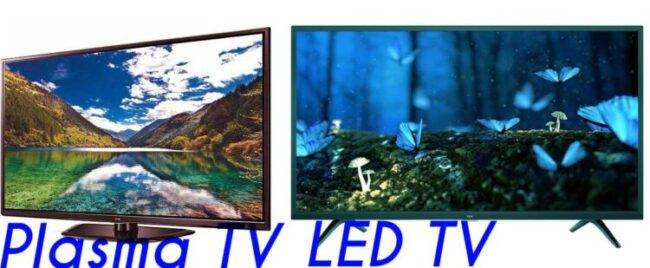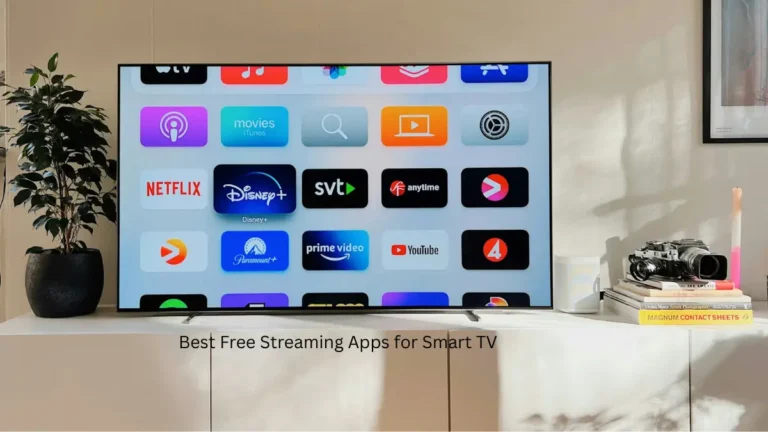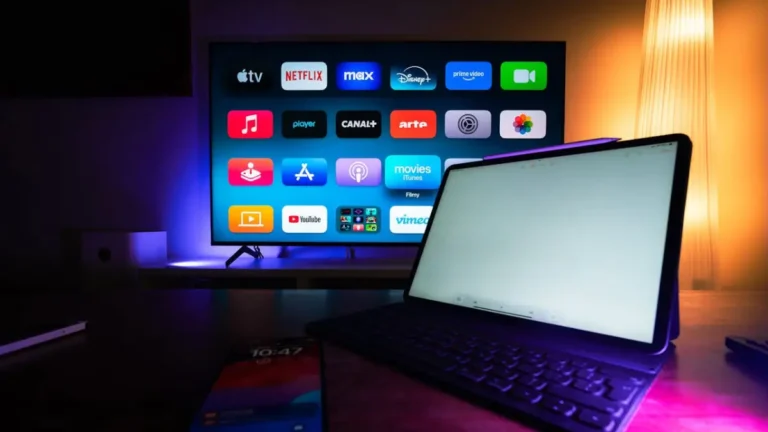Plasma TV over the years of their development have earned great popularity among users. It was the image quality that made it possible for plasma devices to occupy a leading position in the television screen market until the introduction of ultra-high resolution Ultra HD.
How does a plasma screen work?
Modern flat panel displays consist of single dots. If the resolution of the TV is measured in pixels, then each pixel consists of three separate points (subpixels). Each dot is colored in its own color: red, green, blue. In color television, it is from these three primary colors that the rest are obtained by mixing. In plasma screens, the resolution can be Full HD (1920×1080 pixels) or HD Ready (1366×768 pixels), and there are three times as many dots in each case.
Television screens of flat-panel televisions are divided into two types: those for which each point itself emits light and those for which screen elements transmit the right amount of light from the light source. Screens with elements that transmit light are called liquid crystal. It is the cells with liquid crystals through which they pass the amount of light, depending on the position of the crystal in the cell. In this case, the light sources can be either a lamp, then the TV is called LCD, or LEDs, then the TV is called LED. Today, lamps for backlighting are no longer used, only LEDs remain, therefore, “LCD” and “LED” designate one type of TV: on a liquid crystal matrix with backlight from LEDs.
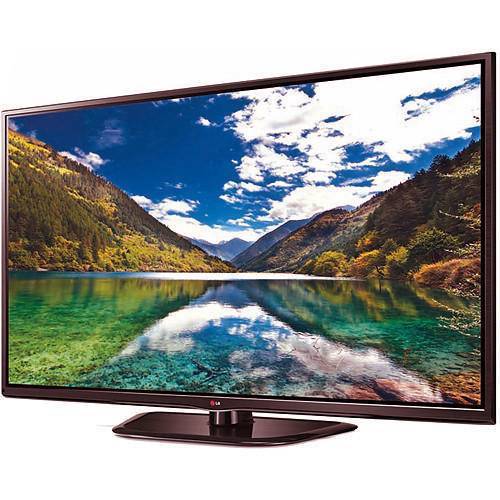
Screens, in which each point itself is a light source, have a completely different manufacturing technology and a different principle of image formation. These screens include plasma and OLED.
Today OLED screens are built on light-emitting diodes and very few OLED TV models are commercially available. These are the flagship models of each manufacturer and they are expensive.Plasma panels consist of cells in which there is gas inside and when voltage is applied, a discharge is created in the gas (plasma). And it is from him that ultraviolet radiation comes, which then acts on the phosphor, the glow of which we see.
The processor selects the desired pixel and applies voltage to the cells, which depends on the transmitted image at this point. And so all pixels are updated in turn. In modern plasma TVs, in one second the entire screen can be updated 400-600 times, in the characteristics it is indicated as a frame frequency of 400 Hz or 600 Hz. At this frequency, a person will not be able to see the flicker on the screen, and video display on dynamic scenes is also improved. And compared with LCD TVs, the response time of the cell to the control signal is better for plasma, which gives an advantage in such a parameter as the response time.
Additional functions of TVs, such as 3D, Smart TV, the ability to connect other devices, etc. are independent of the screen technology and they are also present on plasma TVs as on others. You just need to look at the characteristics of each model, so that the set contains what you need.
Benefits of Plasma Screens
Over the years of existence of plasma and liquid crystal displays, many comparisons of these two technologies have been carried out. All these comparisons speak only about the advantage of plasma panels in image quality over LCD.
BLACK LEVEL AND CONTRAST
One of the main indicators of screen quality is the black level in the image that the screen can provide. And in this indicator, screens with technology, in which the cell itself emits light, always win. And this includes plasma and OLED and picture tubes that have already left the market.
In liquid crystal matrices, a cell with a crystal cannot completely block the light from the LEDs and therefore the black areas of the image have a shade of gray. To fix this problem, the LEDs in the backlight groups change their brightness, and so increase the black level in areas of screens where a dark scene is currently displayed on the image. This is called dynamic contrast because it varies with the brightness of the backlight. But the static contrast of the matrix remains unchanged and it is worse in the LCD. But the plasma has no such problems, and to display black they simply do not apply voltage to the cells and they do not glow. It turns out natural black. This means that the contrast in plasma will be higher. Contrast is ratio of the brightness of the lightest portion in the image to the brightness of the darkest portion.
COLOR TRANSFER
Due to good contrast and color reproduction is better and color gamut more than LCD screens.
As for OLED displays, their image parameters are better than both plasma and LCD, so both old technologies lose comparison with them.
Disadvantages
Years of development of plasma screens have overcome the disadvantages inherent in this technology at the beginning of development.
BRIGHTNESS
Yes, plasma brightness is lower than LCD TVs, especially with LED backlighting and in a brightly lit room, this can be a problem. But at home viewing, plasma TVs show sufficient screen brightness.
LIFE TIME
Short-lived also faded into the background. Modern plasma TVs have an operating time of several tens of thousands of hours, and maybe this is less than other technologies, but for many years of service this is quite enough for you.
BURNING SCREEN
This problem was inherent in the first models of plasma screens, especially it manifested itself when the screen was a stationary picture for a long time. It could be a channel logo if you watched it constantly. Modern models of plasma TVs have successfully overcome this drawback.
LED TV vs. Plasma TV
LED TVs are thinner and more easily accessible, but more expensive. On the other hand, plasma TVs are considered to have better picture quality (mainly due to deeper blacks), but are less energy efficient and are usually available in large sizes.
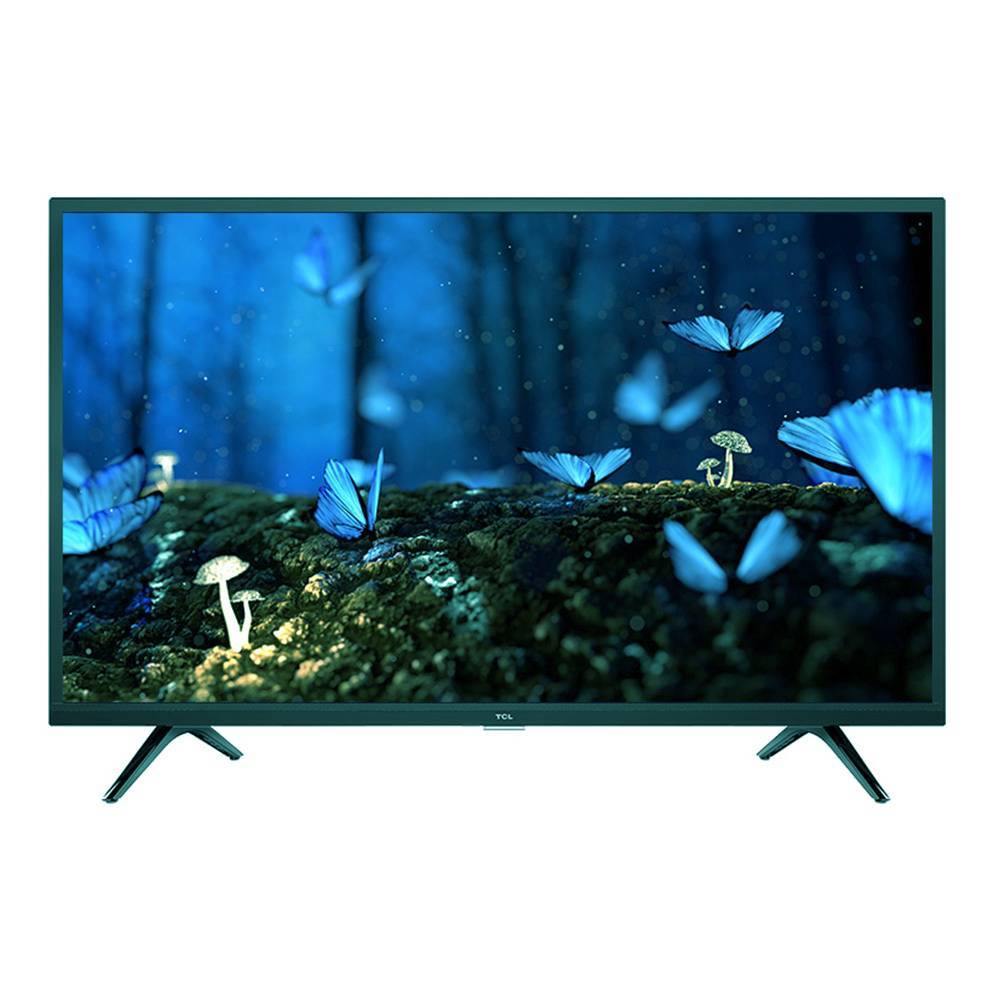
While the LED display uses LEDs to illuminate the screen, plasma screens illuminate with gas cells that emit ultraviolet light. Black LED screens are an improvement over conventional LCD screens.
Difference Between LED TV and Plasma TV
Screen Size: Up to 90 inches for LED
42 inches and above for Plasma TV
Life Span: Around 10,000 hours for LED
Around 20, 000 – 60,000 hours for Plasma
Cost $100 – $25,000
Cheaper than LED-lit TVs
Weight Lighter
Heavier compared to LED-lit LCD TV
Brightness and colour Brighter
Not as bright as LED-lit LCD.
Screen Thickness Thinner than LCD, plasma
Thicker
Manufacturers All TV manufacturing companies
Panasonic, LG, Samsung
Also Read: Best Cool Gadgets for Men

